Johnston Marklee’s sofa for Knoll offers chubby chic
1970s design icons, Bibendum, and macaroni were on architects Sharon Johnston and Mark Lee's minds while designing the ‘Biboni’ sofa for Knoll
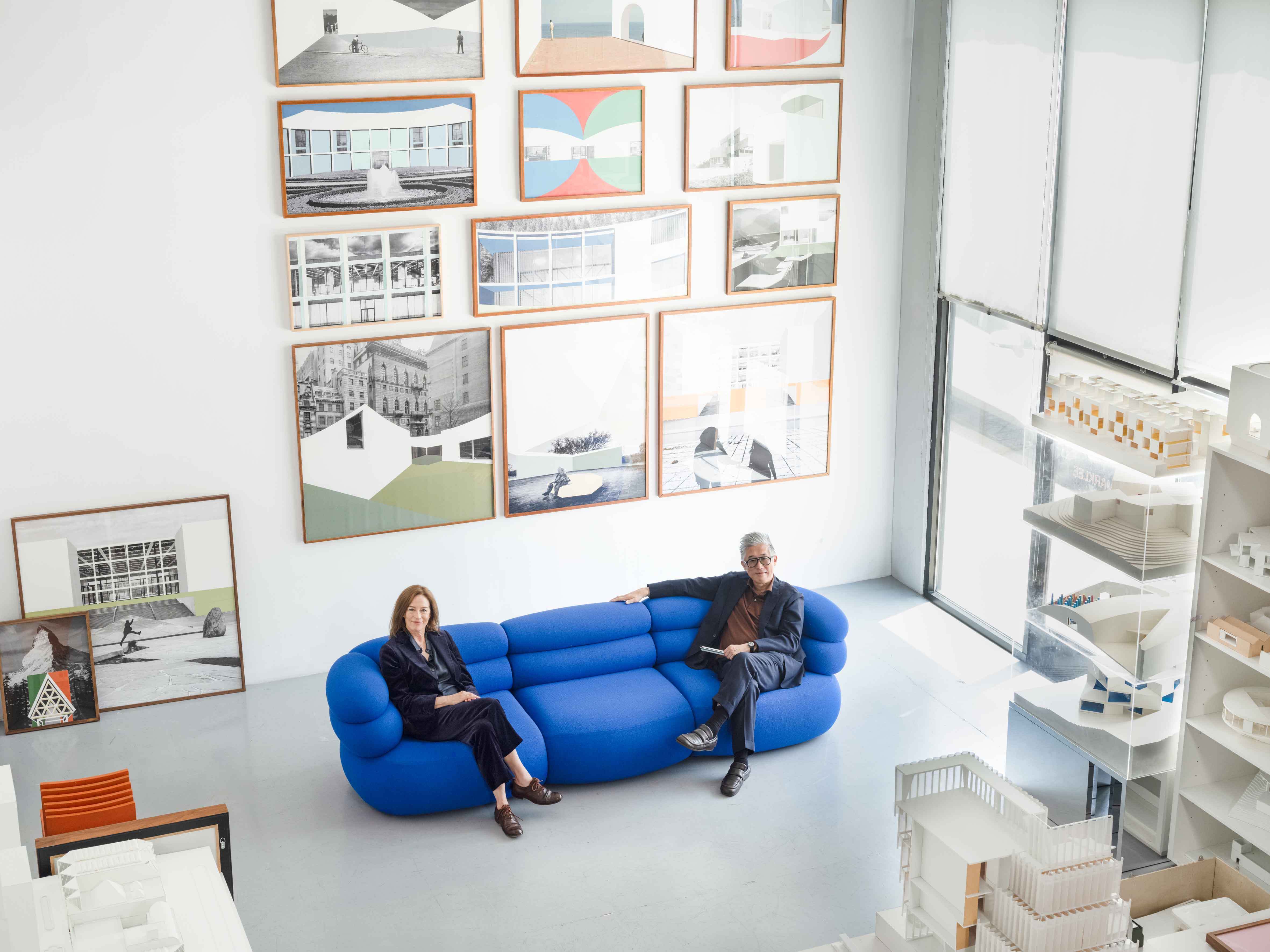
Anna Solomon
When Sharon Johnston and Mark Lee of architecture practice Johnston Marklee were brainstorming a name for their debut furniture collection for Knoll, they curiously merged the words 'Bibendum' and 'Macaroni'. Dubbed 'Biboni', their sofa collection (including two-, three- and four-seaters, as well as sectionals with chaise options) is defined by curves boldly enveloping the body, and a frame that appears to gently float.
'The “Biboni” has a chubbiness that feels welcoming and informal,' says Johnston. 'It also has the precision and purity of a centrepiece in a room. On one hand, its bulbous shape is lighthearted and fun. On the other, its scalloped silhouette and bespoke tailoring lend a formality and timelessness akin to that of a Chesterfield sofa.'
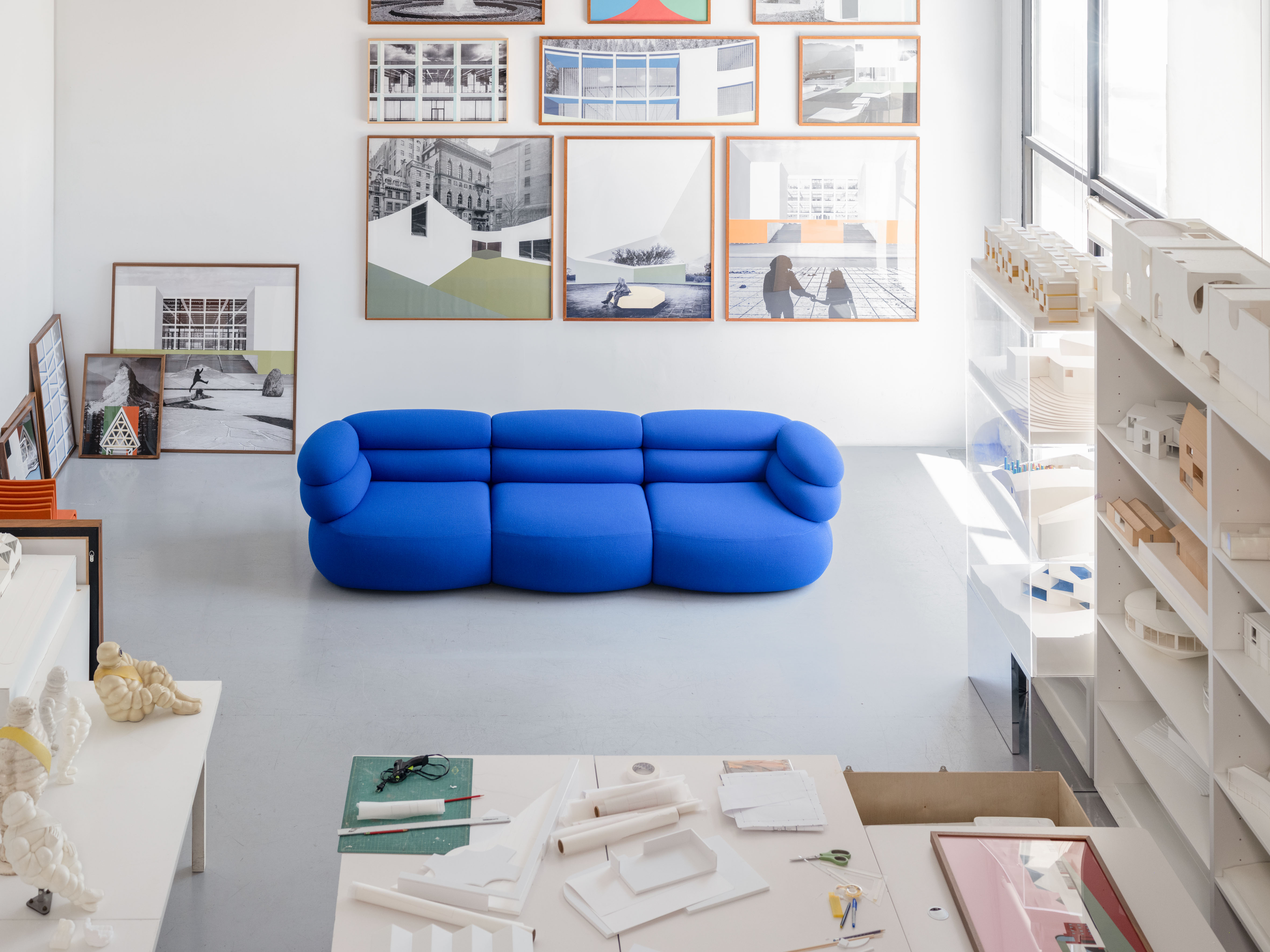
The architects' moodboard for the project featured a series of legendary designs from the past: Eileen Gray’s ‘Bibendum’ chair, 1970s sofas including Afra and Tobia Scarpa’s ‘Soriana’, Mario Bellini’s ‘Camaleonda’, and Pierre Paulin’s ‘ABCD’. The Michelin Man (named Bibendum) was also on their mind: '[His] curves, dimples, and “elbows”, in particular, inspired us. We saw synergy with something like Venturi Scott Brown’s “Grandma” sofa – more American in its proportions,' says Lee. 'We asked: “What can we take from these to design for today’s way of living?”’
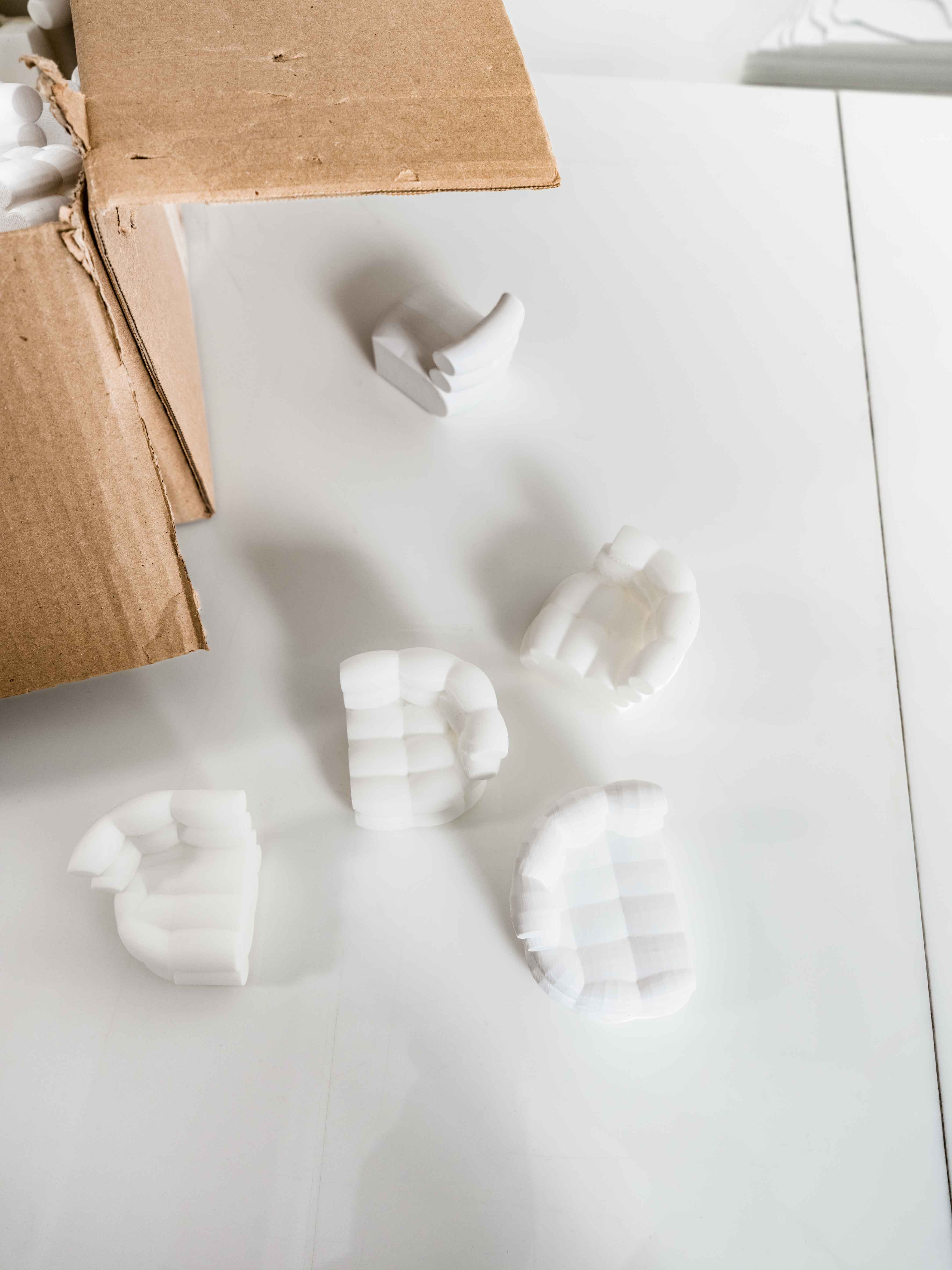
The result is a sofa that is modern and sculpted, its modular curves forming a design that is inviting without feeling too casual. Marking the architects’ first commercial product design, the sofa system was conceived like a building: 'Each part of “Biboni” has been carefully considered in terms of its relationship to a room,' says Johnston.
'Whenever we're designing a space, we're always drawing furniture from the very beginning, understanding the room through the scale of its occupants, going from the room to the chair and from the chair to the room. Working with furniture is an essential framework for our team to think about space and scale.'
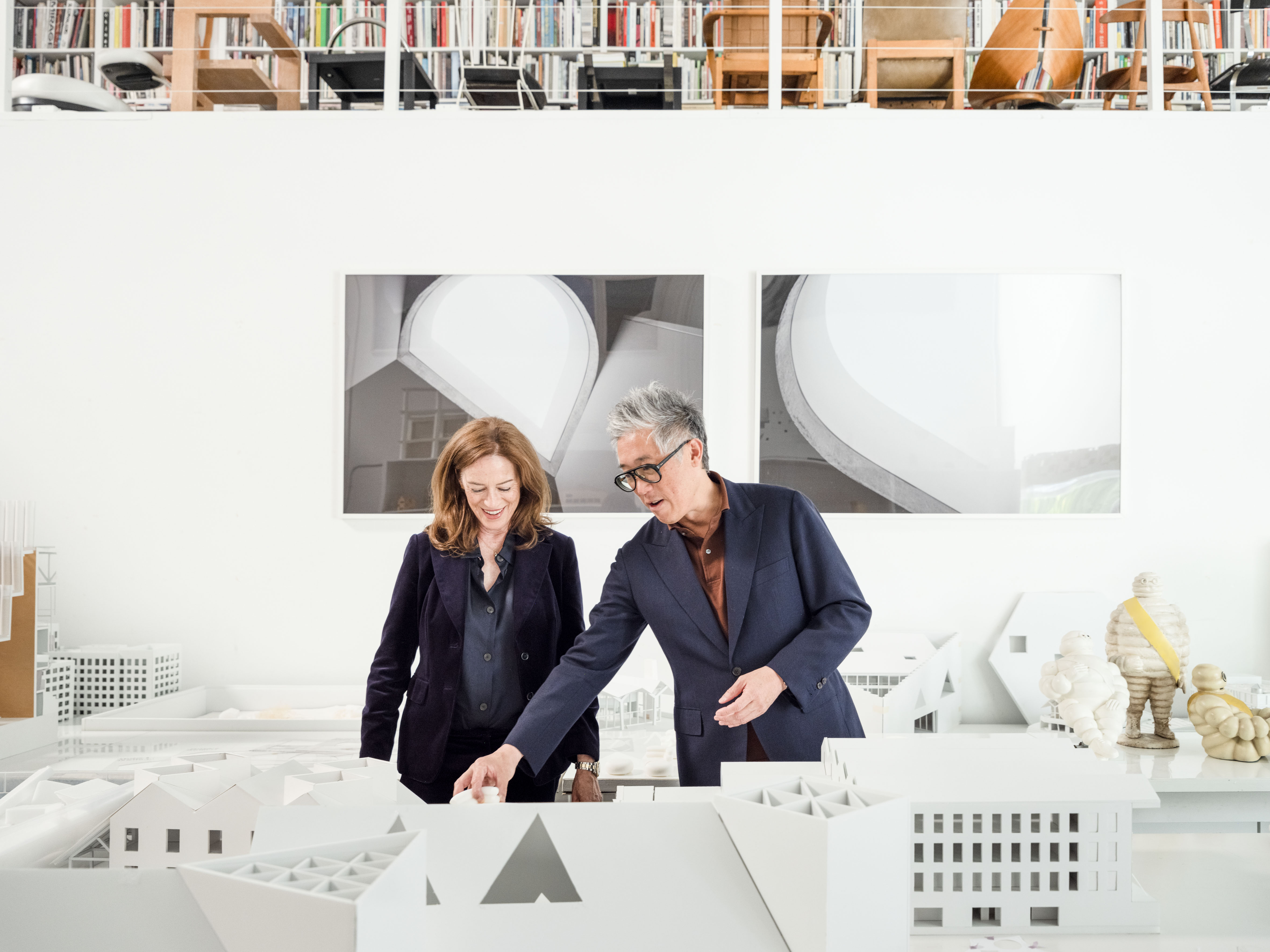
In their architectural work, curves and empty space define a building as much as its structural elements, and this sense of contrast between void and the chubbiness of the sofa's edges seems to reflect their approach when working at larger scales.
'We spent a lot of time sculpting the form to strike a balance – not too slouchy, not too rigid. The design of the double curve was key to embrace the body without being overly bespoke,' says Lee. 'Throughout the design process, we became much more aware of the distinctions between how people sit in public and private spaces. We wanted to support a kind of natural comfort that is still poised, like a casual suit – structured, but still at ease.'
Receive our daily digest of inspiration, escapism and design stories from around the world direct to your inbox.
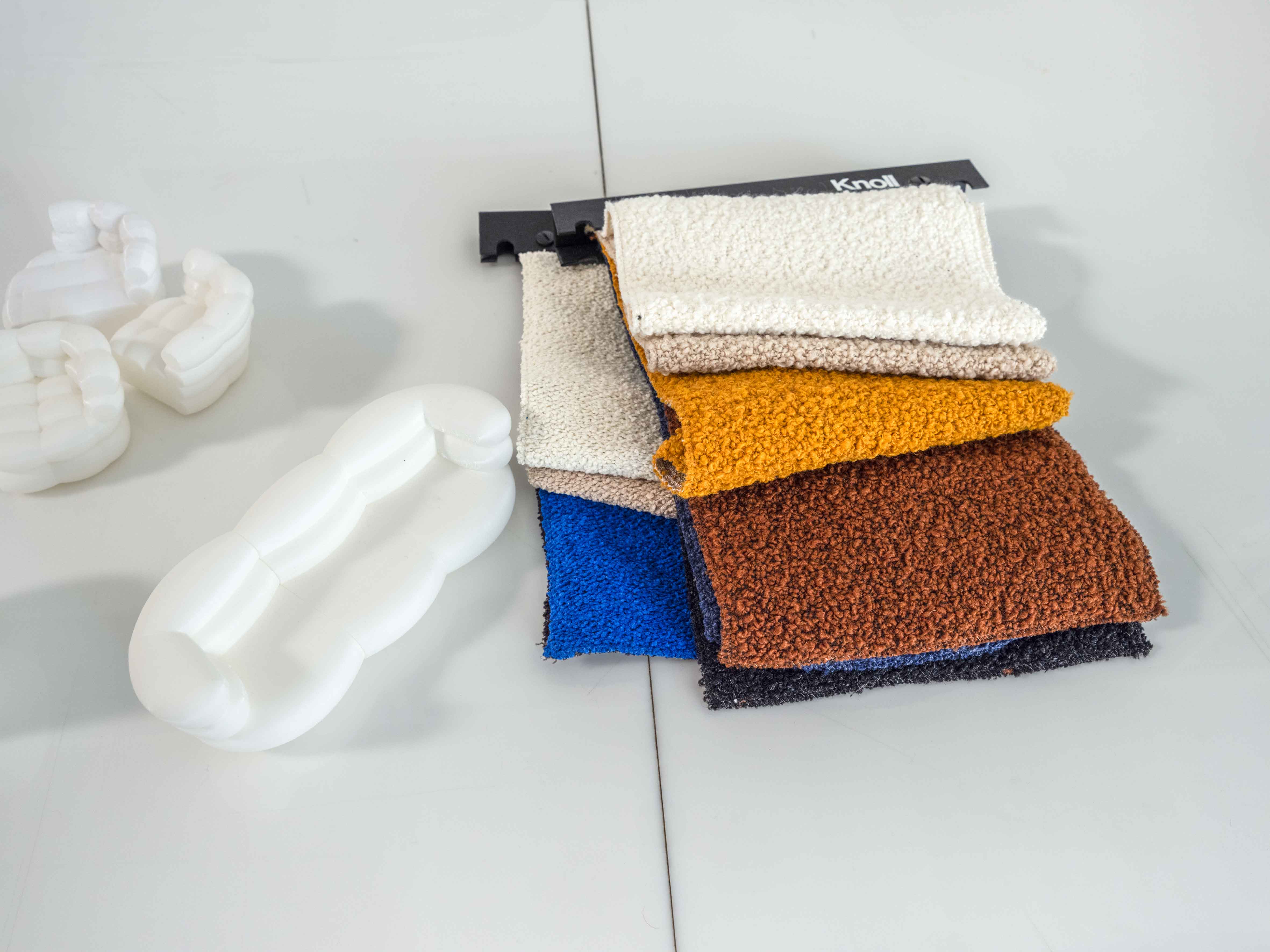
The pair were also guided by an understanding of Knoll's own rich history. Their sofa fits well with the structural integrity of classics by legendary designers like Eero Saarinen, Marcel Breuer, and Ludwig Mies van der Rohe. '“Biboni” is designed to work well alongside other collections – its strong form doesn’t dominate a room, yet we like that Biboni can be its own character,' says Lee.
'Mining the archive is relevant today to continue the dialogue and understand the best historic works in relation to new designs,' adds Johnston.
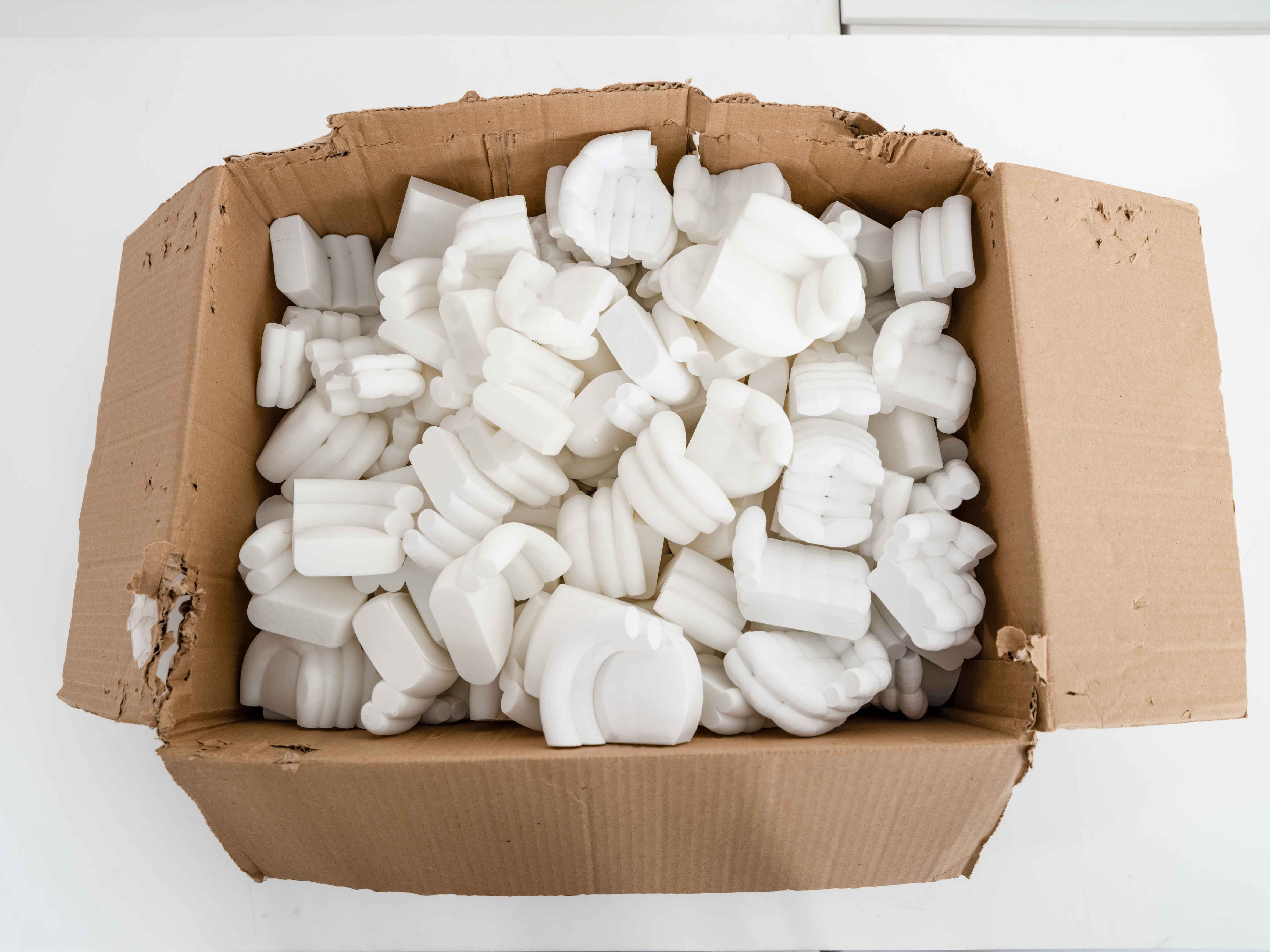
The architects worked closely with Knoll to develop the structure of the sofa by solving technical challenges along the way. 'Our collaboration began together on several tracks – understanding what we are solving for; careful technical study of precedent in the realm of our work to realise conceptual, technical, and comfort concerns – then we start prototyping, it was a process of discovery with the Knoll team in Meda [Italy], and we worked together with their material experts to invent new forms,' says Johnston.
For the textile upholstery, the duo were led by the Knoll team to find a fabric with enough stretch to envelope the sofa's curves, while its textured surface created a contrast with the smoothness of the bold silhouette.
Adds Johnston: 'It plays well with others. Our sofa could be in front of a wall, but also best appreciated when seen in the round – floating as part of a constellation of elements, composing a total interior. “Biboni” wants to be a good friend, and we like that it can be giving in that way.'
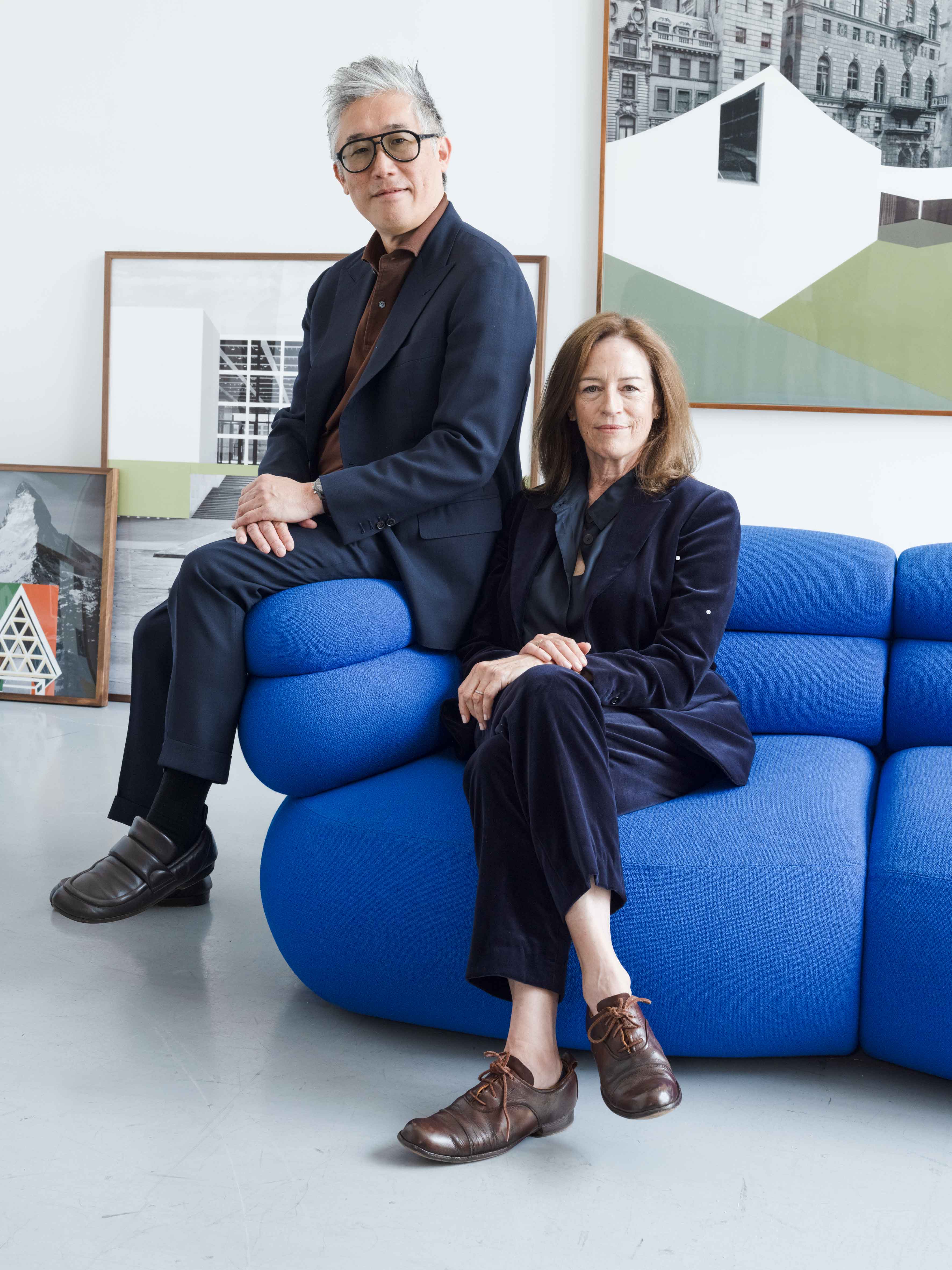
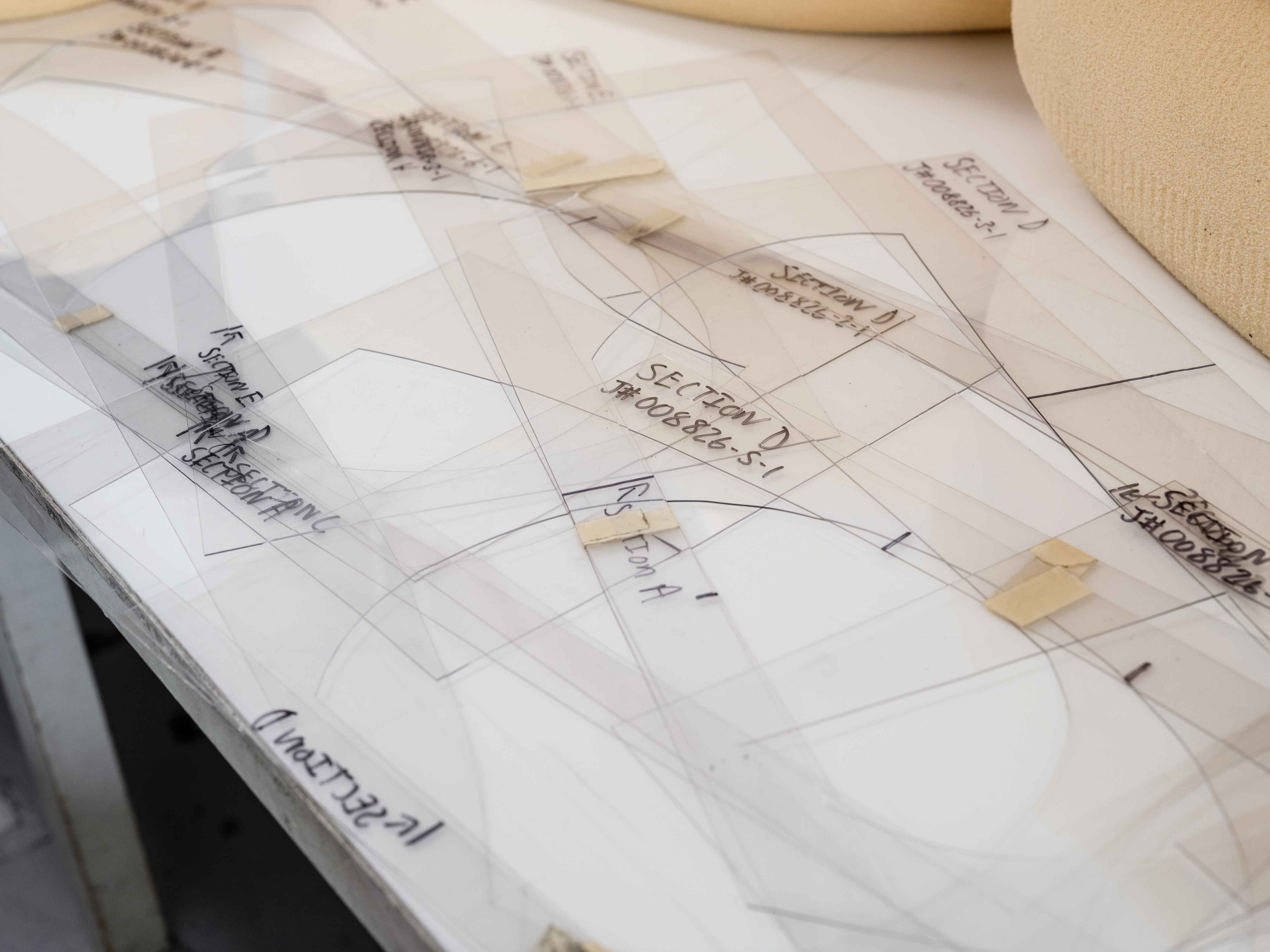
Rosa Bertoli was born in Udine, Italy, and now lives in London. Since 2014, she has been the Design Editor of Wallpaper*, where she oversees design content for the print and online editions, as well as special editorial projects. Through her role at Wallpaper*, she has written extensively about all areas of design. Rosa has been speaker and moderator for various design talks and conferences including London Craft Week, Maison & Objet, The Italian Cultural Institute (London), Clippings, Zaha Hadid Design, Kartell and Frieze Art Fair. Rosa has been on judging panels for the Chart Architecture Award, the Dutch Design Awards and the DesignGuild Marks. She has written for numerous English and Italian language publications, and worked as a content and communication consultant for fashion and design brands.
- Anna SolomonDigital Writer
-
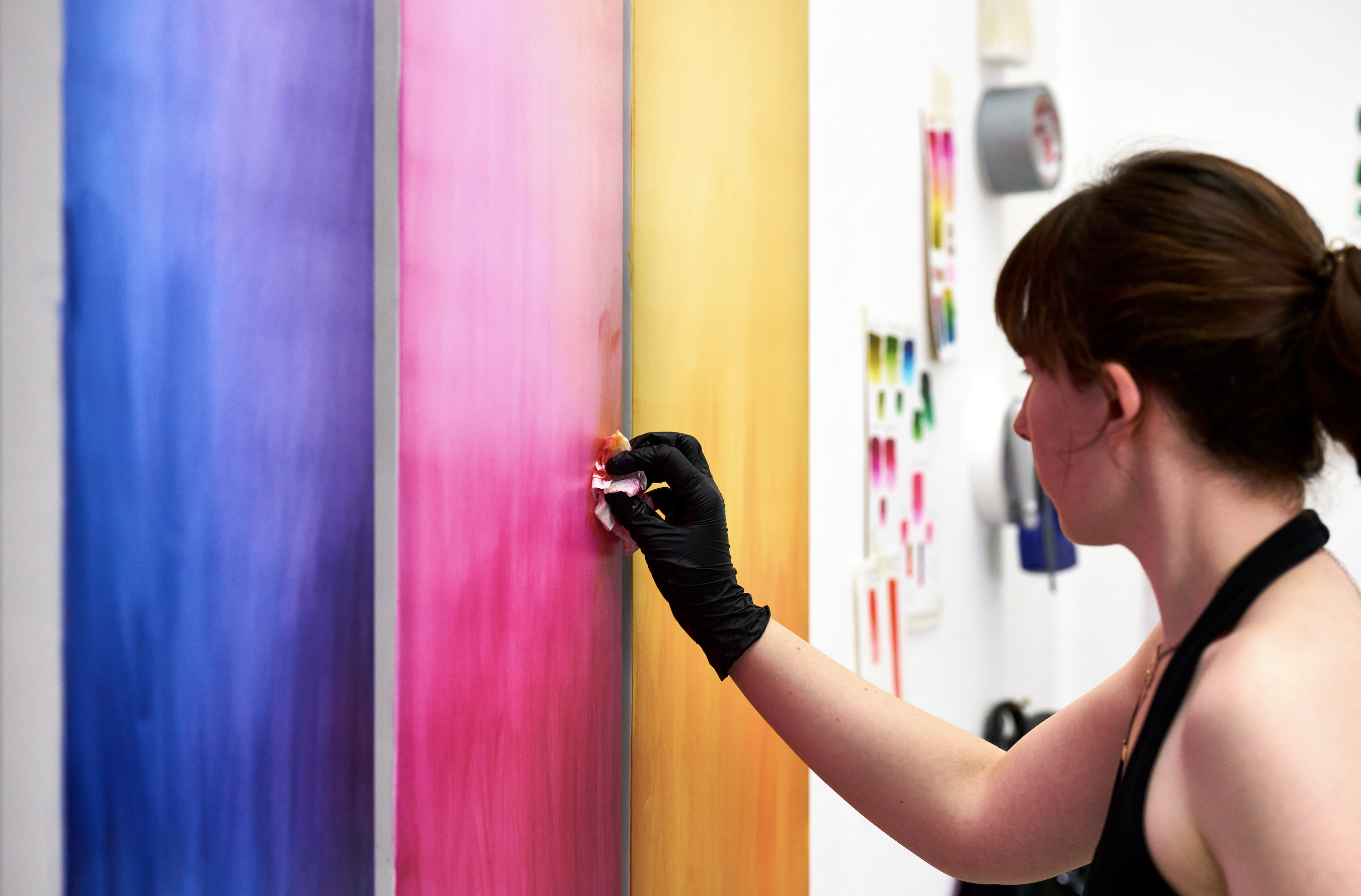 Jaguar spotlights five emerging artists in its inaugural Arts Awards
Jaguar spotlights five emerging artists in its inaugural Arts AwardsThe new Jaguar Arts Awards in partnership with London’s Royal College of Art embody a shared drive to nurture new talent; meet the 2025 winners
-
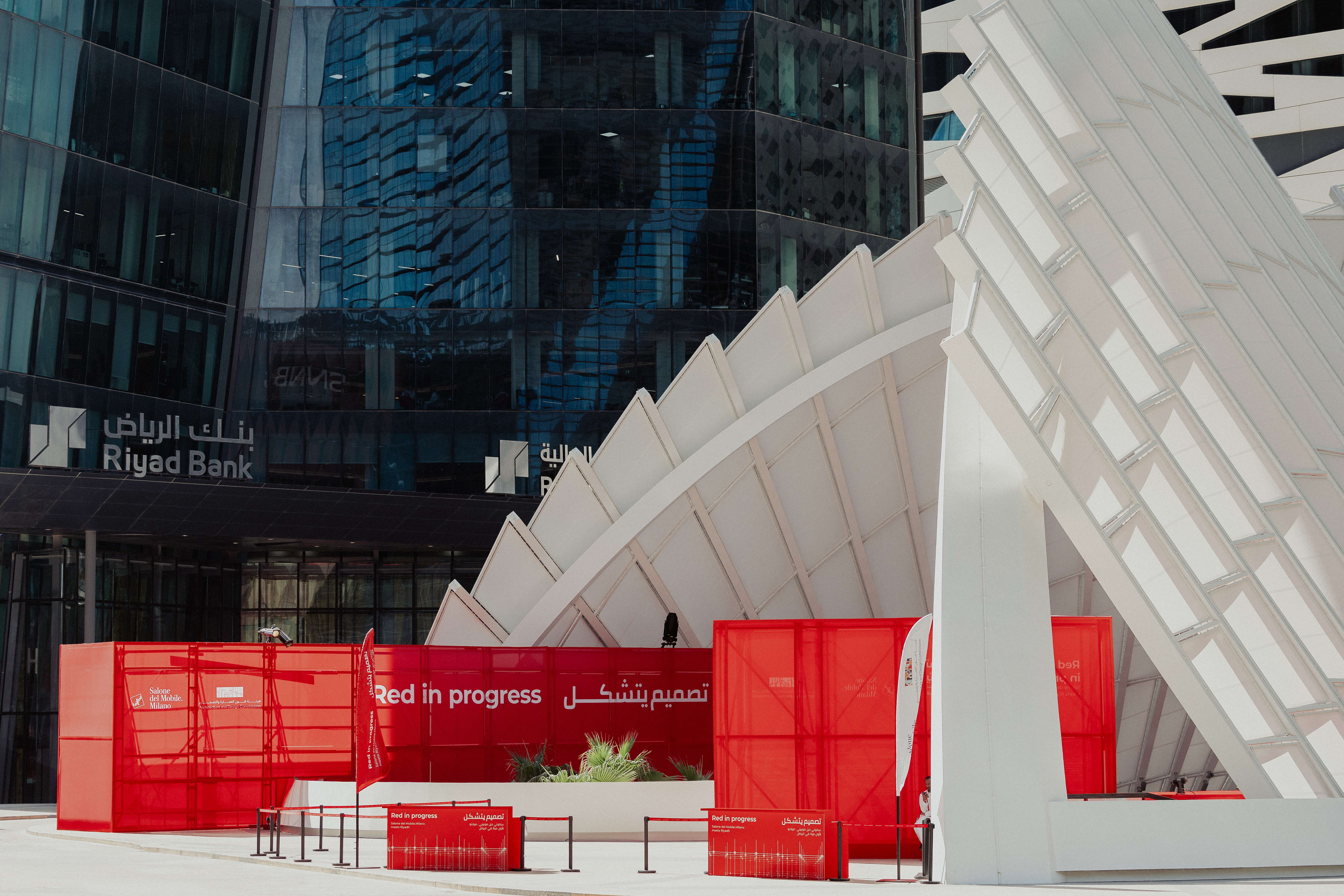 ‘Locally anchored and globally conversant’: Salone del Mobile debuts in Saudi Arabia
‘Locally anchored and globally conversant’: Salone del Mobile debuts in Saudi ArabiaSalone del Mobile lands in Riyadh (26-28 November 2025), bringing its creative and manufacturing know-how to one of the world’s fastest-growing markets and setting the stage for Italo-Saudi design relations
-
 Free flights across Japan? ANA just made it happen
Free flights across Japan? ANA just made it happenA new All Nippon Airways scheme in collaboration with the Japan National Tourism Organization aims to ease overtourism in major hubs by boosting regional travel
-
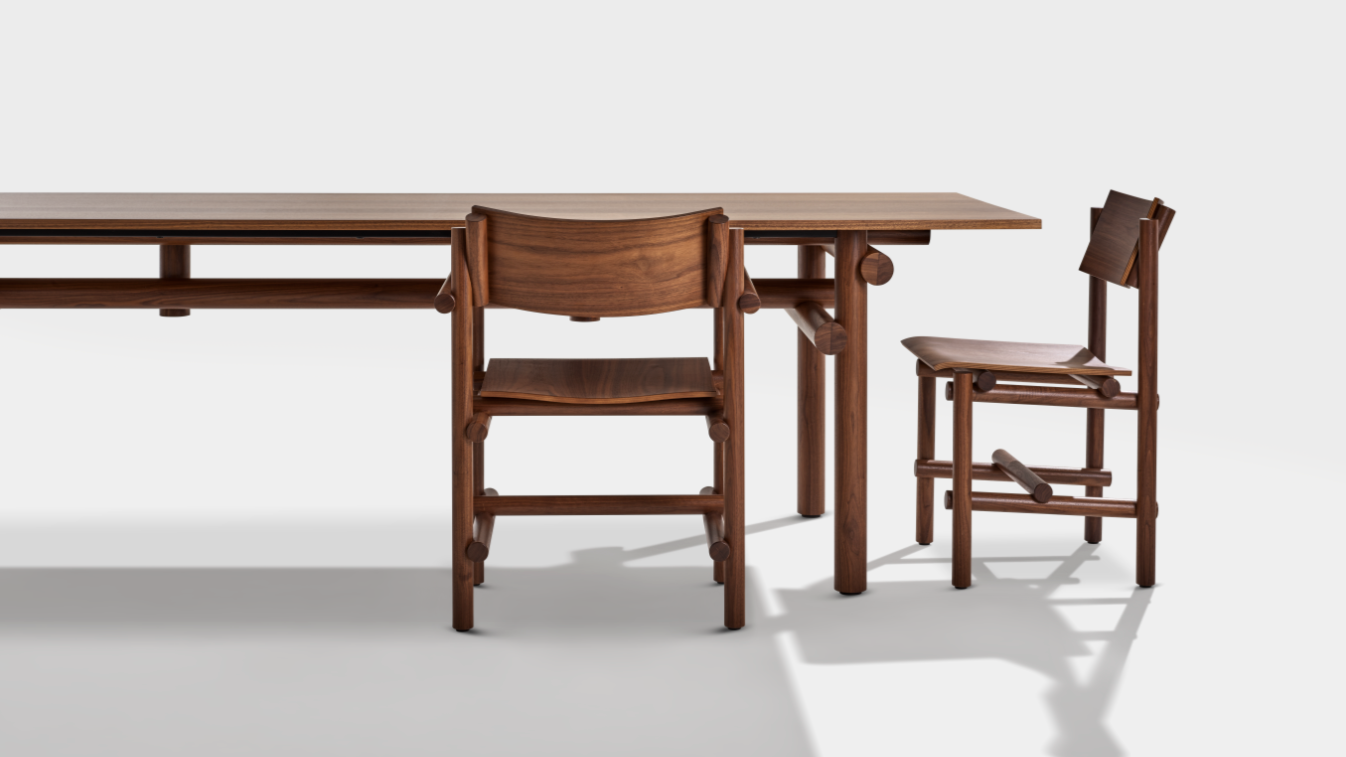 Tectonic modernity makes for fine dining furniture from Knoll
Tectonic modernity makes for fine dining furniture from KnollThe new ‘Muecke Wood Collection’ by architect Jonathan Muecke for Knoll brings artistry to the table
-
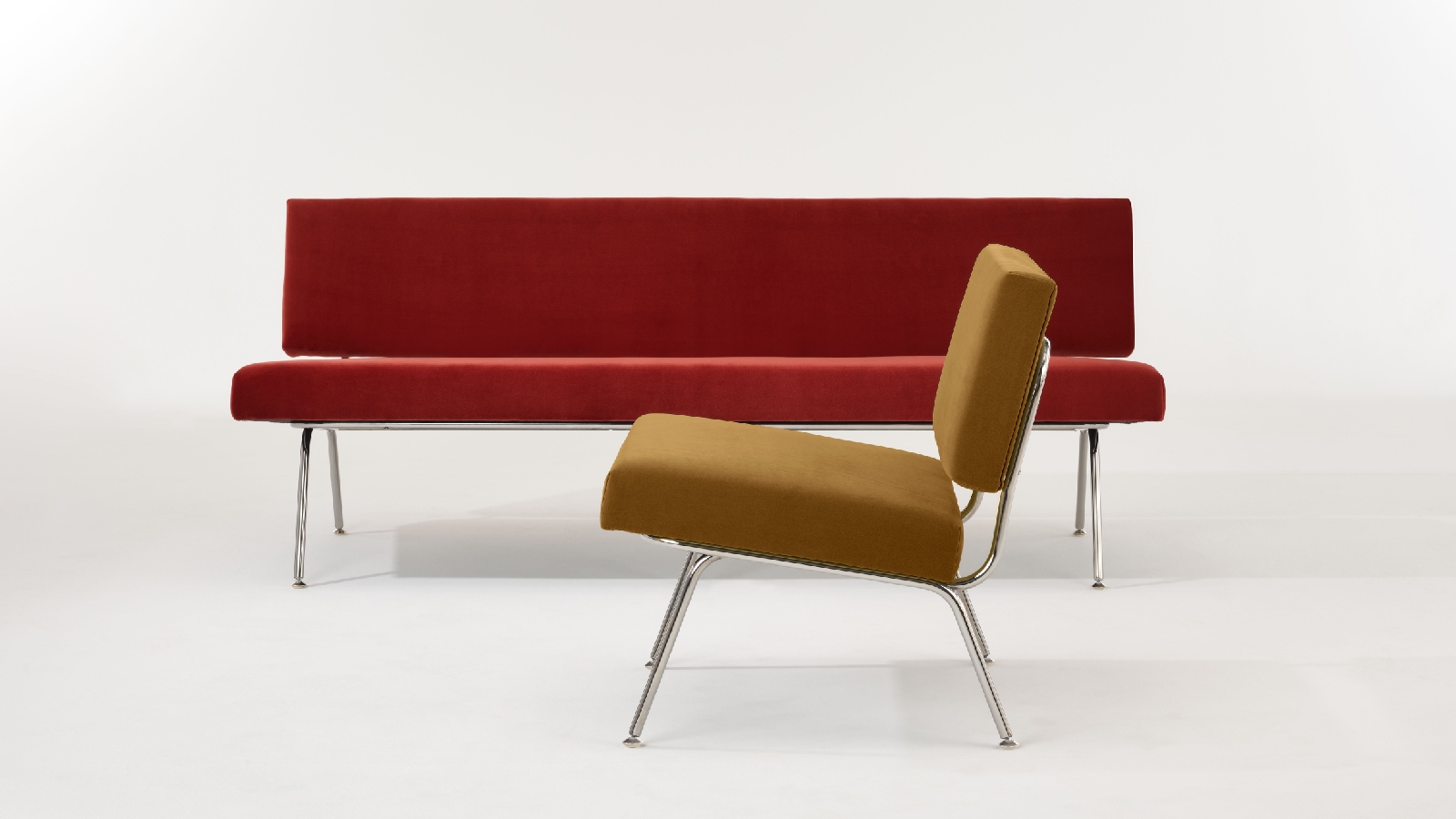 Knoll reissues two Florence Knoll furniture designs from 1954
Knoll reissues two Florence Knoll furniture designs from 1954Florence Knoll’s ‘Model 31’, a lounge chair, and ‘Model 33’, a small sofa, are brought out of the archives in tribute to the all-around American design legend
-
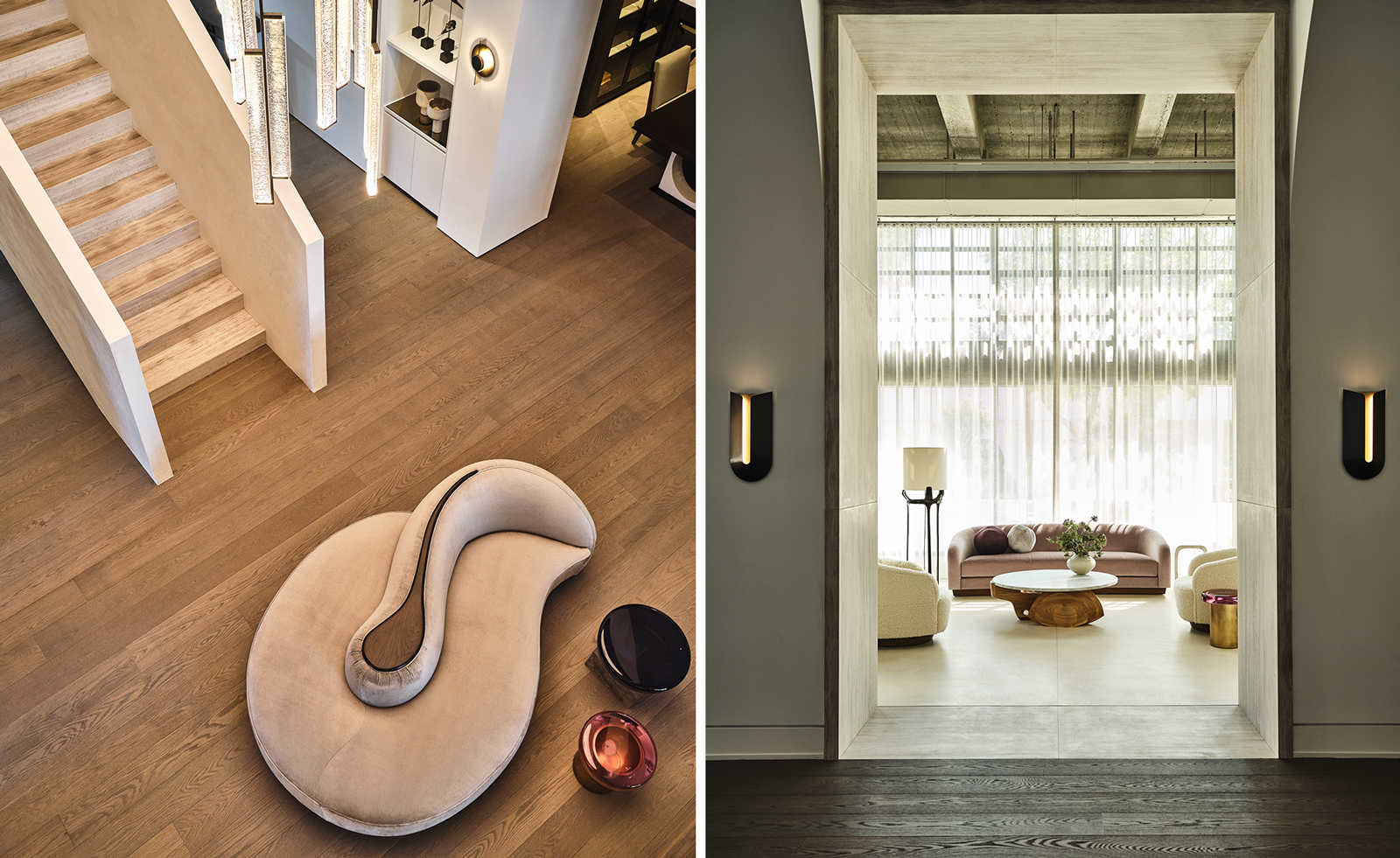 Industrial elements are imbued with elegance in Holly Hunt’s new Los Angeles showroom
Industrial elements are imbued with elegance in Holly Hunt’s new Los Angeles showroomHolly Hunt and architects Johnston Marklee have created a warm and tactile space in a 1940s building
-
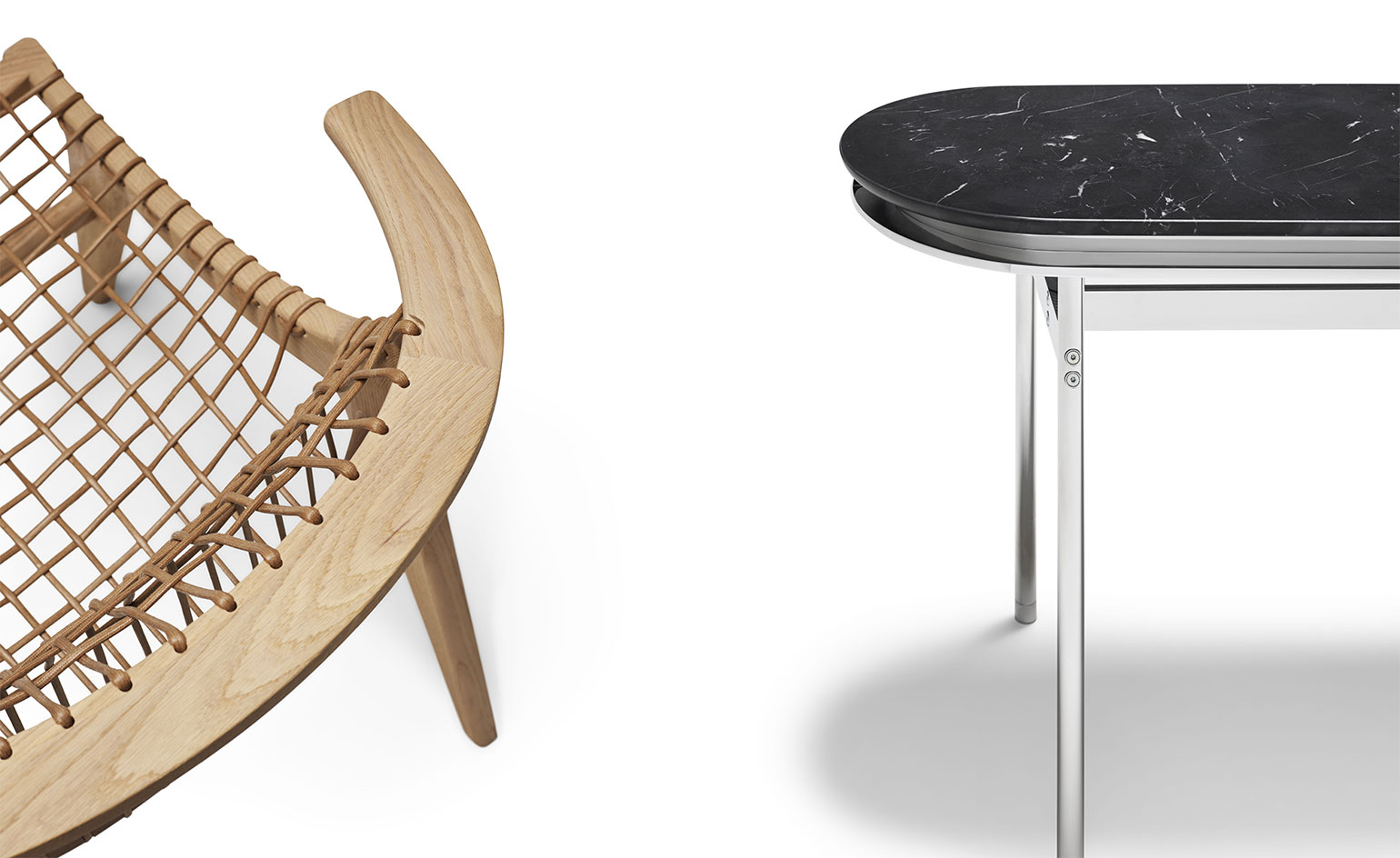 Knoll furniture by Antonio Citterio references historical designs
Knoll furniture by Antonio Citterio references historical designsDesigns of TH Robsjohn-Gibbings and Mies van der Rohe inspire the new collections of chairs and tables by Antonio Citterio for Knoll, presented at Salone del Mobile 2022
-
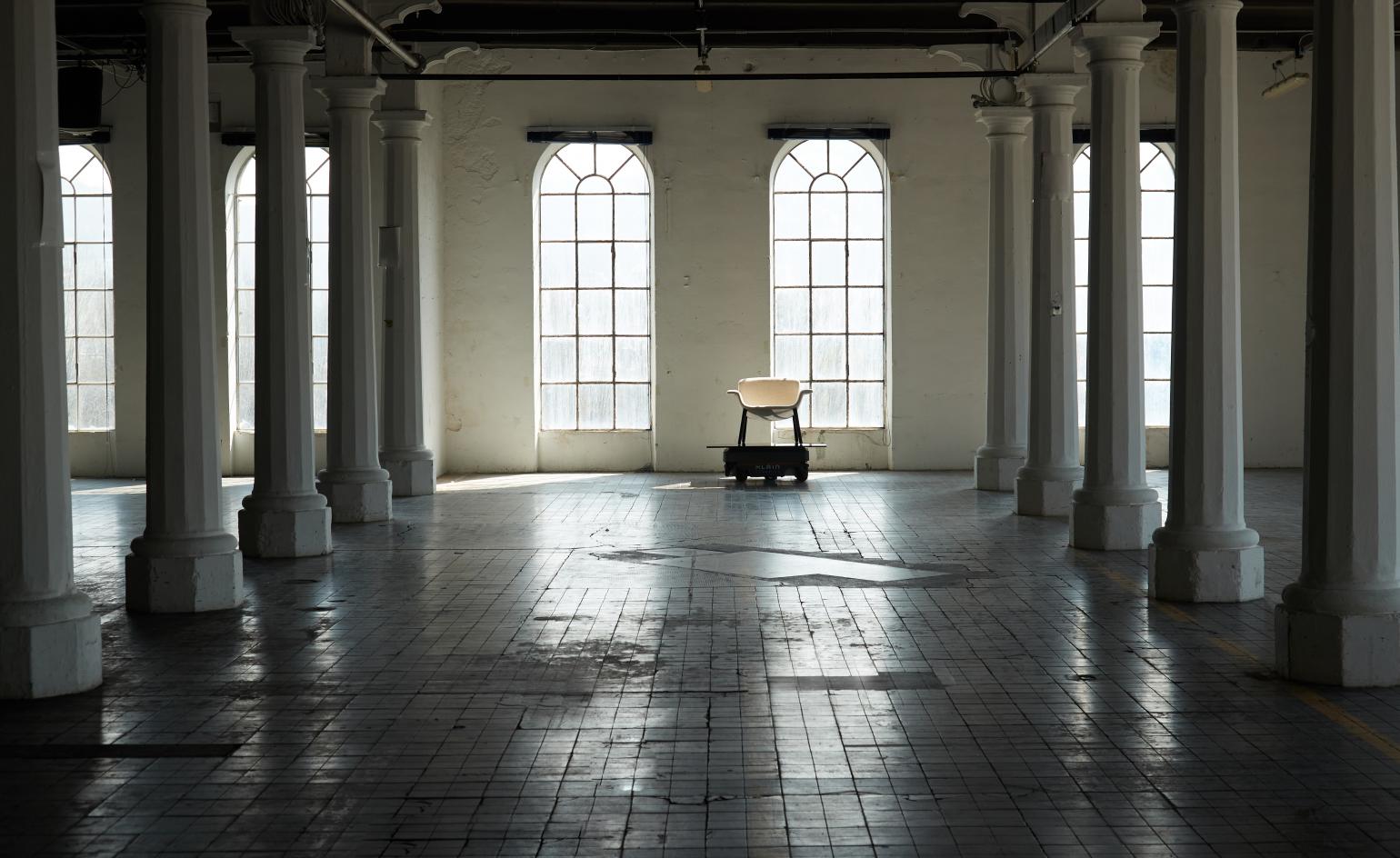 Piero Lissoni's sinuous furniture for Knoll turns film star
Piero Lissoni's sinuous furniture for Knoll turns film starKnoll and Piero Lissoni present a new film celebrating the Italian designer's KN collection: the short film puts a playful new spin on the furniture collaboration
-
 Walter Knoll’s FK Chair is a concise exercise in class, comfort and elegance
Walter Knoll’s FK Chair is a concise exercise in class, comfort and elegance -
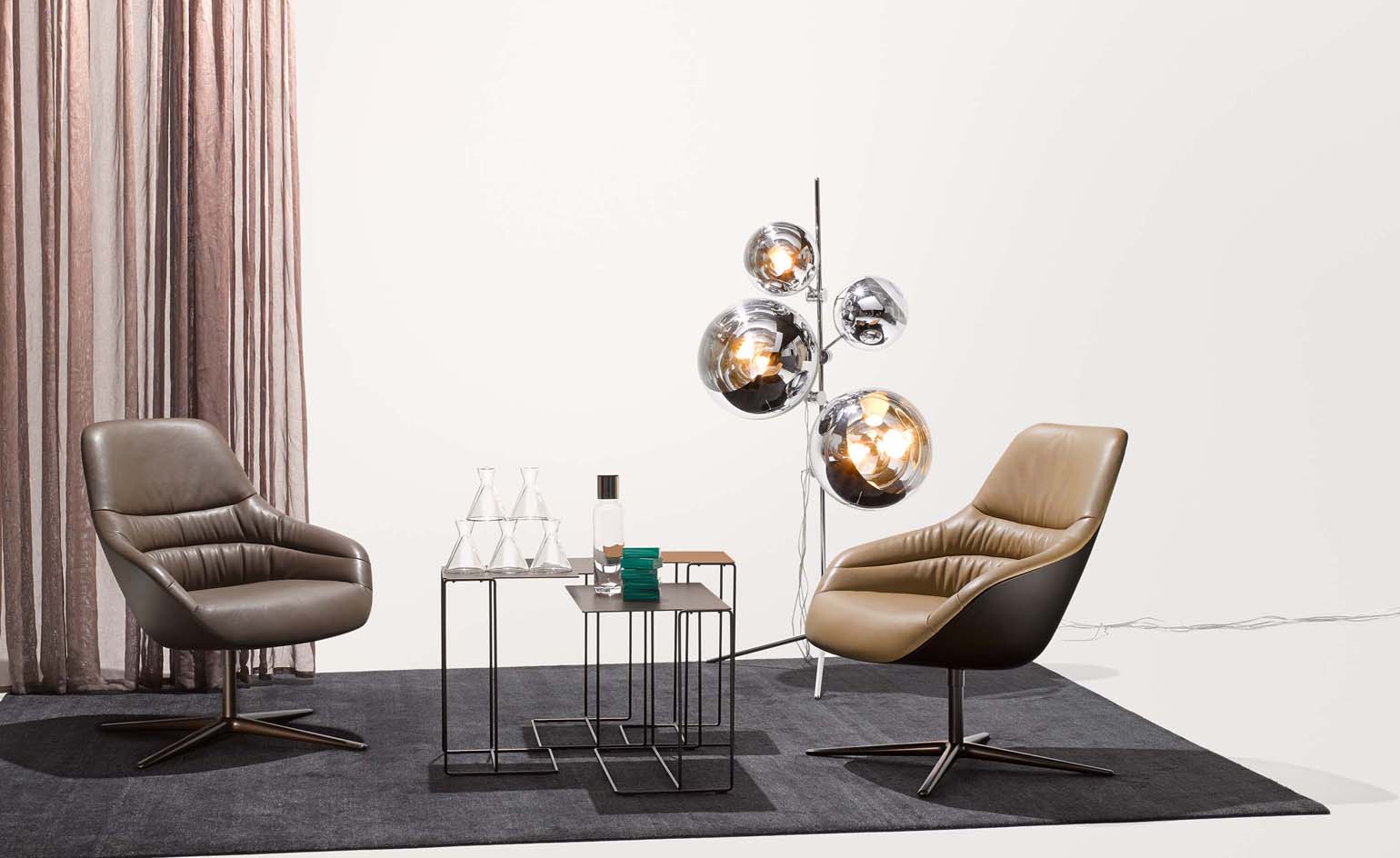 Modernist movers: Walter Knoll celebrates 150 years with eight new designs
Modernist movers: Walter Knoll celebrates 150 years with eight new designsGermany's most enduring upholstered furniture brand celebrates its 150th birthday by launching eight new products